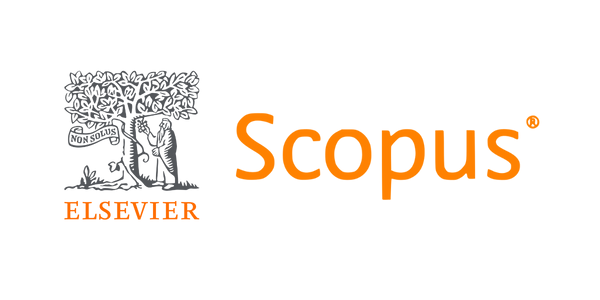Body Towels as Reservoirs of Antibiotic Resistant Bacteria: Wellness Implications
DOI:
https://doi.org/10.61386/imj.v18i4.803Keywords:
In-use body towels, bacterial isolates, antibiotic resistant bacteria, disease transmission, best towel-hygiene practicesAbstract
Background: In-use damp towels provide perfect conditions for growth and transmission of pathogenic and non-pathogenic microbes that could pose deleterious health consequences to users.
Objective: This study investigated the composition and antimicrobial susceptibility patterns of bacteria isolated from in-use towels of female undergraduate students of a tertiary institution in Calabar, Nigeria.
Methods: A total of 80 in-use body-towels were sampled, using moistened sterile swab sticks, and processed by conventional bacteriological methods for isolation and identification of bacteria. The bacterial isolates were identified using Vitek 2 Compact System (bioMérieux, Marcy L’Étoile, France), and subjected to antibiotic susceptibility testing by Kirby-Bauer disc diffusion method.
Results: Forty three (53.7%) of 80 towels sampled yielded growth of bacteria. Esherichia coli (25.6%) was found as the most prevalent isolate, followed by Klebsiella pneumoniae (20.9%), Staphylococcus (S.) equorum (13.9%), Proteus mirabilis (11.6%.), S. cohnii (9.3%), S. lentus (7.0%), Aerococcus viridans (7.0%), and S. alettae (4.7%). High resistance rates to Ciprofloxacin (44.4%) and Amikamicin (27.8%) were found for the gram negative isolates with zero-resistance to Meropenem and Levofloxacin. Similarly, the gram positive isolates showed high resistance to Erythromycin (50.0%), Ciprofloxacin (33.3%) and Cefuroxime (27.8%).
Conclusion: The high isolation rate of E. coli, alongside other coliform isolates, in this study suggests fecal contamination of the body-towels with vast potentials for harboring dangerous infectious agents, including multidrug resistant bacteria. Adherence to best towel-hygiene practices is highly recommended.
Downloads
Published
Issue
Section
Categories
License
Copyright (c) 2025 Asuquo AE, Ibeneme E, Umoh NO, Eyo A, Bebia G, Okon P, Kalu C, Kennedy A

This work is licensed under a Creative Commons Attribution 4.0 International License.










